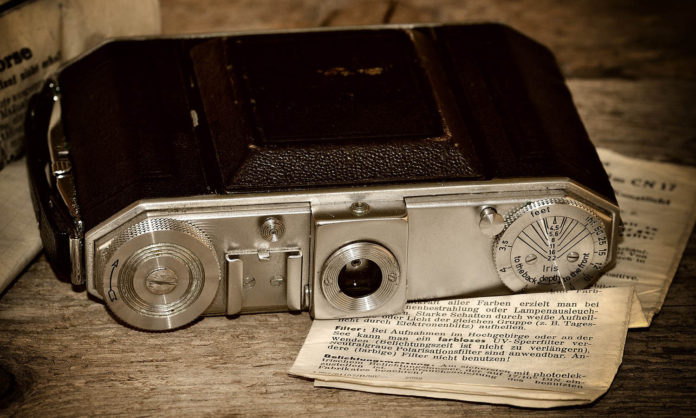“It depends,” says Anne R. Allen in a new blog post.
Writers often have very clear ideas in their heads about the sights, sounds, scents, and textures of our setting and characters, and we want our readers to experience exactly what we do. However, describing every jot and tittle of your character and scene leaves nothing for your reader’s imagination to fill in. While overwriting can be helpful in a first draft, a lot of that text will end up on the cutting room floor.
Long descriptions are more acceptable in literary fiction than most genre novels. Romance writers may focus a lot of attention on their characters’ appearance, while mysteries may use description to set tone and create atmosphere and, of course, to drop clues. Historical fiction and chick-lit are likely to have more detailed descriptions of clothing. Fantasy and science fiction require description of any element of the storyworld that is unfamiliar to the reader.
Setting description requires a deft touch. “Readers do want to know where they are,” Allen says. “They want to know about the pink sky on the planet Zog, and how cold it is in the castle of the queen of the Far North Country. But readers want a few evocative sentences, not multiple paragraphs of descriptive prose that stops the story dead.”
You should also avoid the laundry list approach to character description. Focus on a few key details that convey your character’s type and personality. “In a Romance, the reader also wants to know enough to be a able to picture each character as an attractive part of a love story,” Allen explains. “In a mystery, we need to be able to tell the suspects apart and remember them when they show up aiming a gun at the protagonist five chapters later.”
Importantly, you should avoid describing elements that aren’t relevant to your story. Worldbuilding and setting scenes are important, but what you describe should also connect to your plot. Your description should do double or triple duty in your work. “If you describe your heroine’s living room, decorated with a bunch of trophies for archery, which she displays prominently alongside her handmade Mongolian horse longbow, describe away,” Allen says. “But she’d better darn well shoot an arrow before the story is done.”












